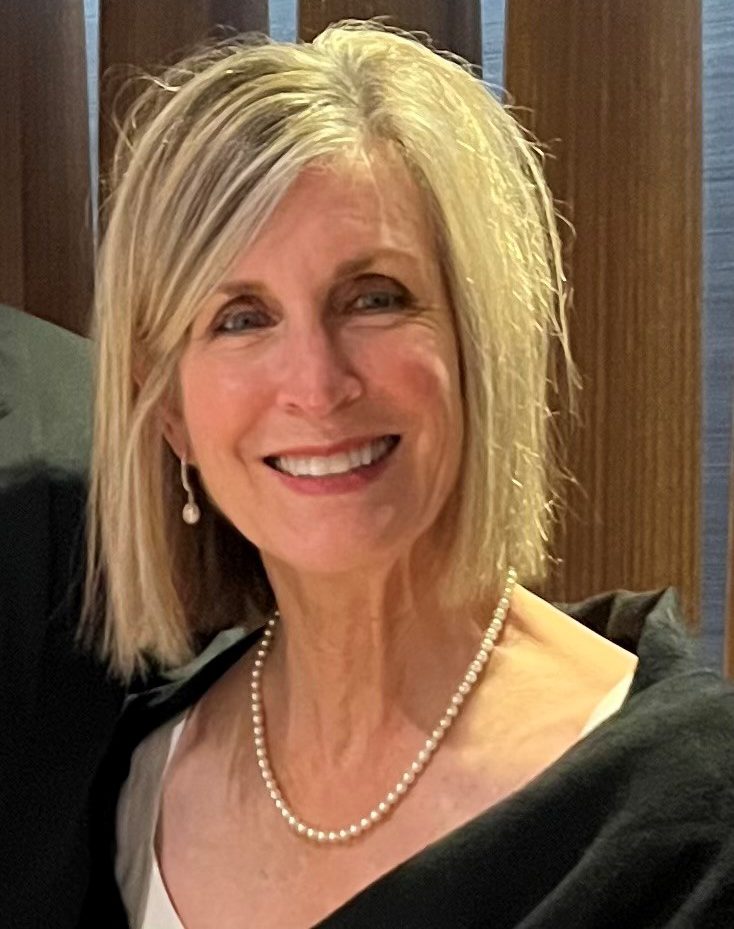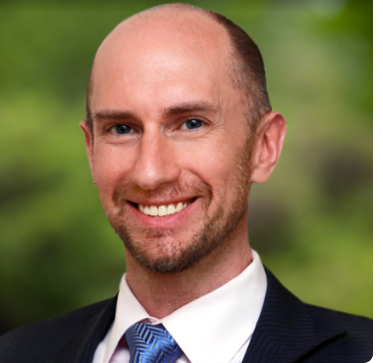Like the woman in the photo, passionate golfer Jane Young was eager to get back to the sport she loves following an unsuspecting diagnosis.
Seasoned golfers like Jane Young know the sport takes focus and precision. So, when a dull but persistent pain in her right piriformis muscle (deep in the buttock) began impeding her skills in 2021, she sought medical advice hoping answers would bring pain relief and restored mobility. Young, a sales agent who travelled for work, was experiencing significant discomfort on long drives to meet with customers.

Jane Young
“My symptoms started slowly and worsened with time,” says Young, a 65-year-old resident of Roseville, Calif. “But when recommendations from an orthopedic surgeon, physiotherapist and acupuncturist failed to surface insights that got to the true ‘root’ of the problem, I knew something was wrong.”
After years managing the pain but still without a conclusive diagnosis, in February 2022, Young booked an appointment with a chiropractor who ordered spinal MRIs. The result was unexpected: a grape-sized, fluid-filled sac had formed within her sacrum, the part of the spine directly above the tailbone.
“We don’t always know what causes these types of sacs, called Tarlov cysts, to form,” says Dr. Rudolph Schrot, a neurosurgeon with Sutter Medical Group in Sacramento, Calif. “But we do know they can cause pain in an individual’s lower back or legs, as well as a host of other symptoms often related to bladder, bowel or sexual function. Because Tarlov cysts are often ignored, patients may lack a proper diagnosis. They may even undergo the wrong surgery, or simply be told nothing is the matter with them.”
Dr. Schrot says that because Tarlov cysts often form close to the lower pelvic region, individuals may be misdiagnosed with herniated lumbar discs, arachnoiditis, interstitial cystitis and – in women – gynecological conditions and pelvic pain.
What are Tarlov Cysts?
Surgery Gets Young Back on Course
Young had the fortune to benefit from Dr. Schrot’s surgical expertise in October 2023 after she was referred by her Sutter Health primary care provider.
Dr. Schrot conducted a two-hour surgery to remove the Tarlov cyst in Young’s sacrum. A multidisciplinary surgical team comprised of anesthesiologists, nurses, scrub techs and electrophysiologists assisted. Dr. Schrot removed the bone covering the cyst, drained and wrapped the cyst in a microscopically thin, protective covering and placed a small amount of fat tissue around the nearby nerve. He then secured the bone covering with tiny plates, allowing the bone to heal.

Neurosurgeon Dr. Rudolph Schrot
After two nights at Sutter Medical Center, Sacramento and pain medication to recover from the surgery, Young began walking slowly with help from a Sutter physiotherapist. “This support and the compassionate, expert care from Dr. Schrot and a team of nurses made all the difference in my recovery, helping me return home to my family and the things I enjoy!” says Young.
After such a successful surgical experience with Dr. Schrot and the care team at SMCS, Young actively participates in online Tarlov cyst disease support groups. She helps others with the disease navigate the challenging path toward diagnosis and treatment.
“At Sutter Health, our specialists diagnose and treat even the most complex neurologic cases, leveraging the latest and most advanced surgical techniques and emerging technologies,” says Dr. Schrot. “We’re proud to bring lifesaving and lifechanging care to individuals with common or rare neurologic health concerns.”
Do you or a loved one have a brain or spinal cord illness or injury? Find neuroscience services offered at Sutter Health.





